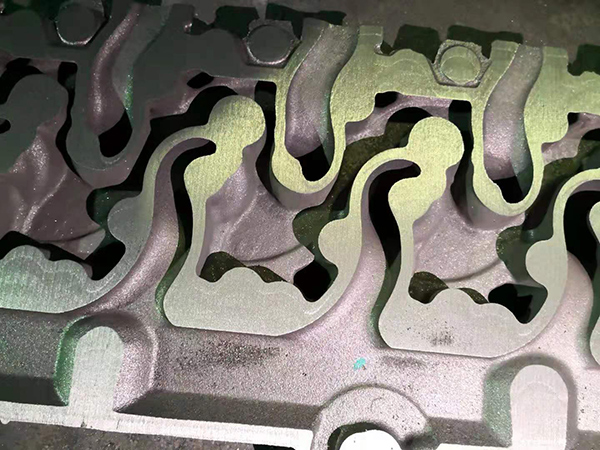The Revolutionary Impact of 3D Printed Sand in Modern Construction
In recent years, the construction industry has witnessed a technological revolution driven by innovations in materials and processes. One of the most intriguing advancements is the use of 3D printed sand, a technique that combines the flexibility of additive manufacturing with the robust characteristics of sand as a building material. This method not only promises to enhance the efficiency of construction projects but also significantly reduces waste and can contribute to more sustainable building practices.
3D printed sand involves creating structures layer by layer using sand as the primary material. The process begins with a digital model, which is translated into a physical object through 3D printing techniques. A common approach is the use of binder jetting, where layers of sand are selectively bonded together using a liquid binding agent. This allows for intricate designs that would be nearly impossible to achieve with traditional construction methods.
The Revolutionary Impact of 3D Printed Sand in Modern Construction
Moreover, the use of sand as a primary material brings substantial environmental benefits. Sand is one of the most abundant natural resources on the planet, and utilizing it in 3D printing minimizes the reliance on more resource-intensive materials. Additionally, 3D printing with sand can often be done on-site, reducing transportation emissions and costs associated with transporting heavier construction materials. This local approach aligns with the growing demand for sustainable construction practices and reduced carbon footprints.
3d printed sand

The design flexibility offered by 3D printed sand also opens up new possibilities for architects and engineers. Structures can be created with complex geometries that enhance aesthetic appeal while also improving functional performance. Curved walls, organic shapes, and intricate patterns become feasible, allowing for more innovative designs that push the boundaries of traditional architecture.
Furthermore, 3D printed sand can cater to various applications beyond residential and commercial buildings. It has significant potential in creating sculptures, art installations, and customized landscape features. As this technology continues to evolve, collaborations between artists and architects are likely to produce unique and thought-provoking projects that redefine our built environment.
Despite the myriad of benefits, there are challenges to overcome before 3D printed sand can become mainstream in construction. Regulatory standards regarding safety and durability need to be established. Additionally, construction professionals must be educated on the technology and its implementation to ensure successful integration into current practices.
In conclusion, 3D printed sand represents a significant step forward in construction technology, offering numerous benefits including efficiency, sustainability, and design flexibility. As the industry continues to navigate the challenges of adopting this innovative method, the potential for transforming how we build and design our environments becomes increasingly apparent. The future of construction is bright, and 3D printed sand is poised to play a pivotal role in shaping that future.
Post time:Νοέ . 02, 2024 02:14
Next:materials used for sand casting
